Superman Poster #20 Superman’s Girlfriend, Lois Lane #106 (1970) Curt Swan
$49.99
Description
‘I Am Curious (Black)!’ is one of the Bronze Age DC Comics that shows a growing movement toward social relevance. No doubt inspired as much by Black Like Me as by the films I Am Curious (Blue) and I Am Curious (Yellow), from which it gets its title, the story has Lois Lane doing a story on Metropolis’ Little Africa borough. When she is unable to get any of the black residence to speak with her, she has Superman use Dahr-Nel’s Plastimold Machine in the Fortress of Solitude to transform her into a black woman. During her stay there, she meets neighborhood activist Dave Stevens, and helps save his life with a transfusion of her own blood after he is shot by drug dealers. When he awakens, and sees she has become a white woman again, he accepts her sacrifice nonetheless with gratitude. Lois Lane is a fictional character appearing in comic books published by DC Comics. Created by writer Jerry Siegel and artist Joe Shuster, she first appeared in Action Comics #1 (June 1938). Lois is an award-winning journalist and the primary love interest of the superhero, Superman (For fifteen years in DC Comics continuity, she was also his wife). Like Superman’s alter ego Clark Kent, she is a reporter for the Metropolis newspaper, the Daily Planet. Lois Lane’s character was created from many influences. Her physical appearance was originally based on Joanne Carter, a model hired by Jerry Siegel and Joe Shuster. Joanne Carter would later marry Siegel. The character’s personality was based on Torchy Blane, a gutsy, beautiful headline-hunting reporter, portrayed by Glenda Farrell in a series of films from the 1930s. Siegel took her name from Lola Lane, who also played Torchy Blane in one of the films. Lois is also based on real life journalist Nellie Bly. Depictions of Lois Lane have varied since her character was created in 1938, spanning the 70-year history of Superman comics and other media adaptations. During the Silver Age, she was the star of Superman’s Girl Friend, Lois Lane, a comic title that had a light and frivolous tone. However, the original Golden Age version of Lois, as well as versions of her from the 1970s onwards, portrays Lois as a tough-as-nails journalist and intellectual equal to Superman. Although, one thing has remained throughout the character’s 70-year history, she has always been the most prominent love interest in Superman’s life and is seen by many fans as the archetypical comic book love interest. She was ranked 78th in Comics Buyer’s Guide’s “100 Sexiest Women in Comics” list. In the earliest Golden Age comics, Lois was featured as an aggressive, career minded reporter for the Daily Star (the paper’s name was changed to the Daily Planet in Action Comics #23 in 1940). After Clark Kent joined the paper and Superman debuted around the same time, Lois found herself attracted to Superman, but displeased with her new journalistic competition in the form of Kent. Starting as early as the early 1940s, Lois began to suspect that Clark Kent was Superman, and started to make various attempts at uncovering his secret identity, all of which backfired usually thanks to Superman’s efforts. Douglas Curtis Swan (February 17, 1920 – June 17, 1996) was an American comic book artist. The artist most associated with Superman during the period fans and historians call the Silver Age of comic books, Swan produced hundreds of covers and stories from the 1950s through the 1980s. Initially, Swan drew many different features, including “Tommy Tomorrow” and “Gangbusters”, but slowly he began gravitating towards the Superman line of books. His first job pencilling the iconic character was for Superman #51 (March–April 1948). Many comics of the 1940s and 1950s lacked contributor credits, but research shows that Swan began pencilling the Superboy series with its fifth issue in 1949. Swan always felt that his breakthrough came when he was assigned the art duties on Superman’s Pal, Jimmy Olsen, in 1954. In the view of comics historian Les Daniels, Swan became the definitive artist of Superman in the early 1960s with a “new look” to the character that replaced Wayne Boring’s version. Swan and writer Jim Shooter crafted the story “Superman’s Race With the Flash!” in Superman #199 (Aug. 1967) which featured the first race between the Flash and Superman, two characters known for their super-speed powers. Over the years, Swan was a remarkably consistent and prolific artist, often illustrating two or more titles per month. Swan remained as artist of Superman when Julius Schwartz became the editor of the title with issue #233 (Jan. 1971), and writer Denny O’Neil streamlined the Superman mythos, starting with the elimination of Kryptonite. Among Swan’s contributions to the Superman mythos, he and writer Cary Bates co-created the supervillains Terra-Man and the 1970s version of the Toyman as well as the superhero Vartox. Writer Martin Pasko and Swan created the Master Jailer character in Superman #331(January 1979).
Related products
-
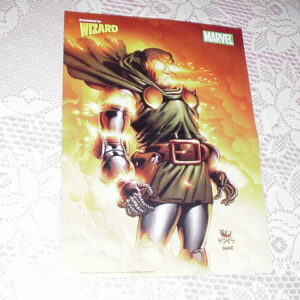
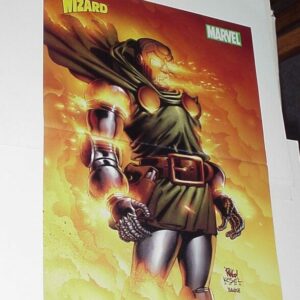
Doctor Doom Poster # 3 Triumphant by Mike Wieringo Fantastic Four 67
$34.99 Add to cart -
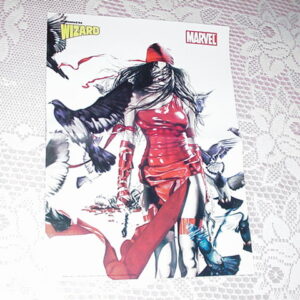
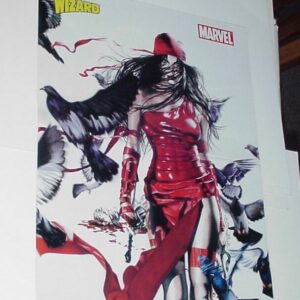
Elektra Poster # 2 by Rodolfo Migliari Daredevil Thunderbolts
$29.99 Add to cart -

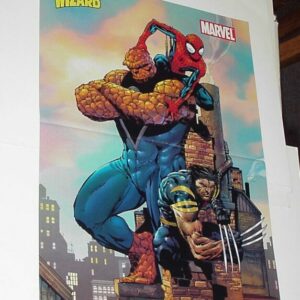
Ultimate Spider-Man Thing Wolverine Poster David Finch X-Men Fantastic Four
$29.99 Add to cart -
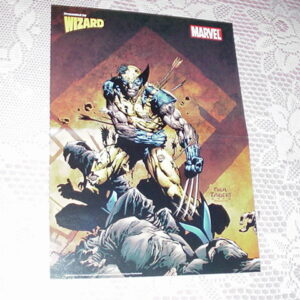
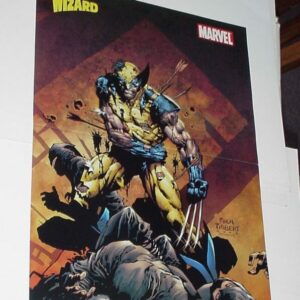
Wolverine Poster #16 vs The Hand The End by David Finch Ninjas
$39.99 Add to cart


